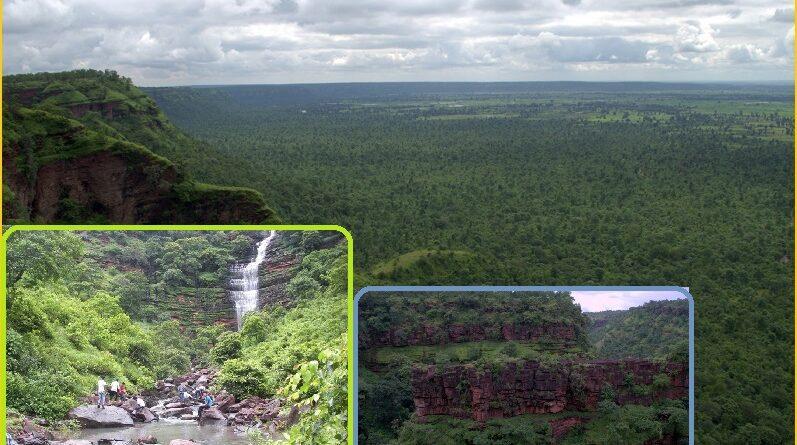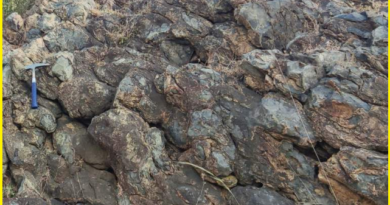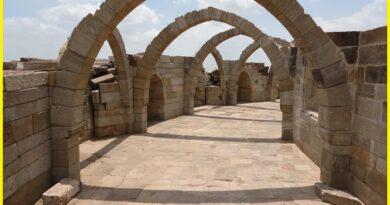Ultimate Trekking Experience-Singorgarh Fort and Rani Durgavati Sanctuary India
Rani Durgavati Wildlife Sanctuary
Rani Durgavati Wildlife Sanctuary is a wildlife sanctuary in the Damoh district of Madhya Pradesh, India. Named after Rani Durgavati, a queen of the Gond people, and covering an area of only 24 sq km, the sanctuary was notified by the Government of Madhya Pradesh in 1996. It lies on either side of State Highway 36 and lies between the towns of Damoh and Jabalpur. Cradled in the dense forest, the beautiful sanctuary is relatively smaller in expanse, yet has garnered fame for its stunning beauty and wildlife. The Forest Rest House in Damoh offers decent accommodations within the park. The sanctuary has various types of landscapes consisting of hills, valleys, and plains with several streams flowing through the undulating terrain, some of which form pools of water.
The vegetation is predominantly tropical mixed dry deciduous forest. Pterocarpus marsupium, Terminalia alata, Anogeissus latifolia, Madhuca indica, Butea monosperma, and Lagerstroemia parviflora are the most common trees in the sanctuary. The Singorgarh fort is located within the sanctuary. Apart from this sanctuary also hosts 18 species of mammals, including the leopard, wolf, jackal, Indian fox, striped hyena, and sloth bear. Besides these, the sanctuary is also home to 177 species of birds, 16 species of fish and reptiles, and 10 species of amphibians.
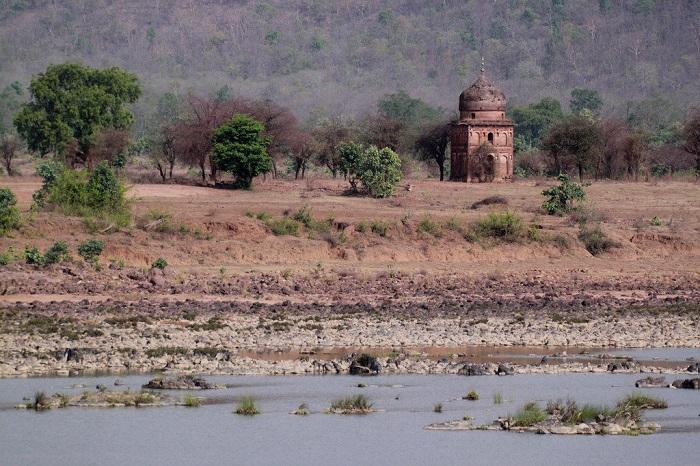
Geology and Landscape
The landscape of Rani Durgavati Wildlife sanctuary is part of the Damoh plateau and shows the lithological and structural control in developing physiographic elements like ridges and valleys, escarpments, elongated mounds, and drainage. Vindhyan supergroup has been subdivided into four groups, namely Semri, Kaimur, Rewa, and Bhander. These groups essentially comprise arenaceous, argillaceous, and calcareous formations.
The area’s northern, eastern, and south-eastern boundaries have been well demarcated by the escarpment of Upper Bhander and Rewa Sandstones. These escarpments are generally vertical and arcuate and have been formed by the differential erosion towards the center of the thick sheet of flat bedded sandstones. The maximum height on the northern escarpment is 550 M. The greatest height in this range is that of the Kulumar hill 751 MSL. Elsewhere the hills range from 550 to 580 meters high. Bharner range and Kaimur range of the area show the great tableland topography.
Places To Visit in Sanctuary
Singrampur Fort
Singrampur is a historical place where the final battle was fought between Rani Durgawati and Mughal king Akbar’s Senapati Asaf Khan. The town is named after Sangram which in Hindi means war. About 6 km. away from Sigrampur, the ruins of a fort of historical importance can be seen. The fourth of the 42 forts conquered by Maharaja Sangram Shah of the Garha Mandla kingdom of Gondwana in the early 16th century including Singorgarh Fort situated atop a hillock. This hill fort is most famous for the valour and martyrdom of the ruling Queen Rani Durgavati. Maharaja Sangram Shah conducted the wedding of his son Dalpat Shah with the daughter of Raja Kirti Singh Chandel of Kalinjar, Rani Durgavati in Singaurgarh fort. After the death of her father-in-law and husband in a span of a few years, Rani Durgavati took the reins of the Gondwana Kingdom. She made Singorgarh the capital and administered the region with her trusted ministers and son, Vir Narayan.
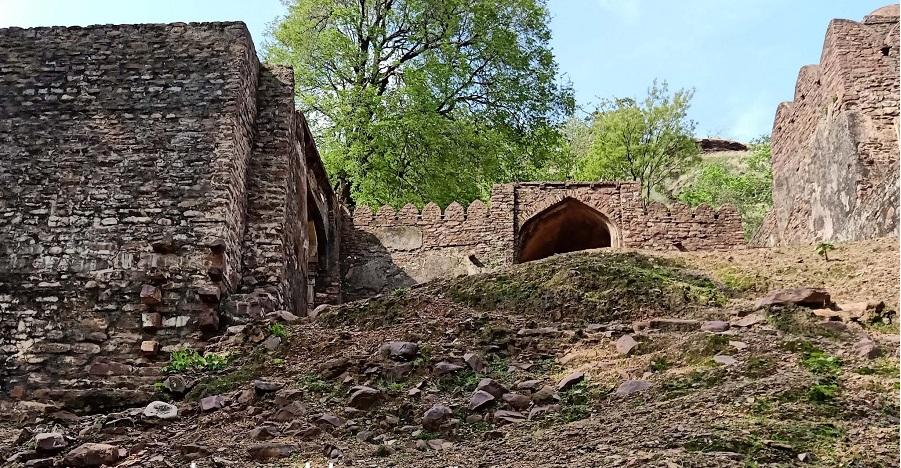
The fort is located in the thickly forested Satpura Range and is said to have been built by king Ven Basore and renovated by the Gonds king. Due to the lay of the land, hills on all sides, and the dense forest, enemies found it difficult to approach and attack this fort. The bunkers of the soldiers are difficult to spot and many hidden paths were made to allow the movement of soldiers and the queen without being seen. The ramparts were equipped to watch the enemy movements hidden from sight. There is also a lake here, which is full of lotus flowers. This is an ideal picnic spot.
Najaraa Viewpoint
6 km from Singrampur towards Kalumar there is a road leading to the spot called “Nazara”. This place has been developed as a platform on the top of the mountain giving a breathtaking overview of the Wildlife Sanctuary. The sight of the thick forest can be enjoyed from this spot in a magical way. The caves of the wild animals on the hills can also be seen.
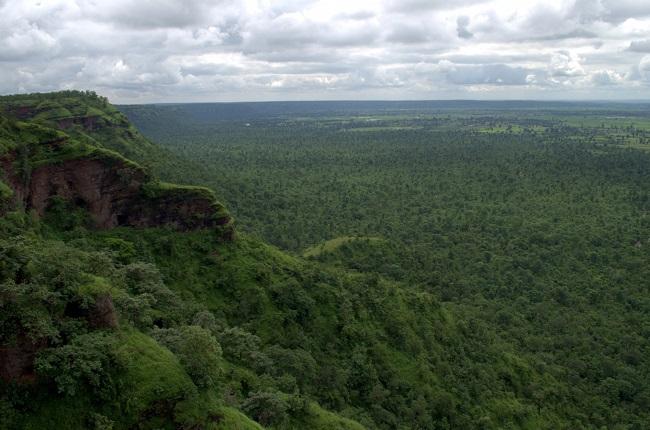
Giri Darshan
Giri Darshan is Situated on the Damoh to Jabalpur Highway, 5 km from Jabera and 7 km from Sigrampur on a green hill in the jungle. A beautiful double-storeyed rest house and watch tower were built by the Forest Dept. It is a notable place to see. From the main road, a narrow pathway along the bank of a tank reaches this rest house. To stay in the rest house and sight of the small hills, sunrise and sunset are amazing experiences.
Also read- An Artistic Mastery of Human-Khajuraho UNESCO World Heritage site, India
Nidhan Kund
Nidhan Kund has situated almost 0.5 km from the Bhainsaghat Rest House towards the Bhainsa village and 5 km from Singrampur. A stream between the high black rocks flows down from more than 30 m height, known as Nidan Kund. Rocks in the surrounding area make step-like formations against the flow of the stream which create a spectacular sight when the water flow is high. During the months of July and August water in the stream is at full volume so the view of this waterfall from the front is very attractive. The site is the best picnic spot when water is reduced in October.
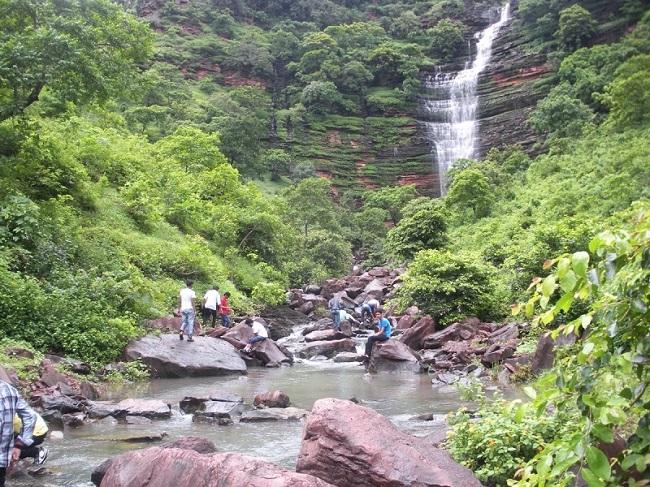
Sad-Bhawna Sikhar
Sad Bhawna Sikhar is the highest point of the Vindhyan Range. the place is located On Bhainsa-Kalumar road. This peak is 752 m above sea level. The twinkling light of Jabalpur city can be seen from this spot on clear nights. It is not very easy to climb this peak so it is convenient to use a jeep or any other 4-wheeler. Sad Bhawna sikhar is 10 km from Singrampur.
How to reach Rani Durgavati wildlife sanctuary
Reaching this wildlife sanctuary and Singramgarh fort is quite easy. Jabalpur Airport, from here is about 120 km away. and the Nearest rain head Jabalpur is, located at a distance of 105 km. The sanctuary sits between the towns of Jabalpur and Damoh, along State Highway 36, and is well connected by buses and private vehicles.
Source-Wild trails. in, testbook.com, CGPW, researchgate.net
